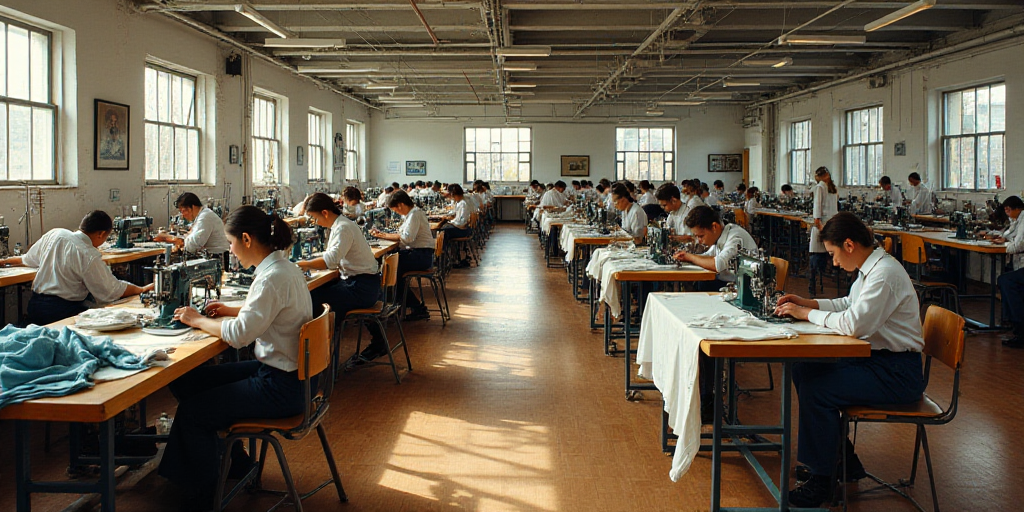Challenges in the Mexican Denim Industry from Farm to Retail
From the cotton fields to department store shelves, Mexico’s denim industry faces challenges that threaten its competitiveness along the entire production chain. Mireille Acquart, founder of Ethical Fashion Space, a sustainability consulting firm for the fashion industry, warns that Mexico has a rich tradition in textiles but is at a disadvantage compared to markets like China.
Supply Chain Issues in the Comarca Lagunera
In the Comarca Lagunera, which spans parts of Coahuila and Durango, the issues revolve around dependence on external inputs. Although Mexico ranks ninth globally in cotton production, with 1.1 million tonnes expected in 2024, domestic production cannot meet industrial demand, leading to imports. Acquart explained this to El Economista during Intermoda 83.
- Coahuua produces 70% of Mexico’s cotton but faces recurring droughts affecting yields.
- Baja California contributes 15% of the national cotton production.
- Coahuila struggles with severe soil degradation, as past experiments with transgenic cotton left lands desertified and salinized.
Global climate change impacts also affect imported cotton prices, as major producers like the US, China, and Pakistan experienced droughts and floods in the previous year.
Infrastructure Deficit
In the Puebla-Tlaxcala corridor, Tehuacán had its golden era in the 2000s but now competes against Asian imports and counterfeit clothing. The region shifted to the domestic market, but lack of modernization in processes and finishes limits its competitiveness.
- In the primary sector, industries face high costs due to unstable access to water and reliance on water tankers.
- Waste management suffers from a lack of treatment plants, shifting environmental and economic burdens to companies.
In Guanajuato, combining denim with western wear production, the challenge is competing with energy costs that are subsidized in other countries. Mexico has the most expensive industrial electricity globally, directly impacting product prices.
Absence of Strong Mexican Brands
At the retail end of the chain, there’s a lack of robust Mexican brands in the denim market. Despite exporting $7,414 million worth of textiles to the US in 2024, most agreements are with large chains as suppliers rather than developing their own brands.
Some traditional manufacturers in the Comarca Lagunera and Puebla have moved to the automotive industry, seeking greater stability and better profit margins. “We have cases of successful jeans exporters now preferring to manufacture car upholstery or seatbelts,” said Nissim Betesh of Vicunha Têxtil México.
“I believe a lot of time has been lost, but it’s never too late to try. Talent and capacity exist in Mexico; what’s missing is long-term vision and consistent public policies,” Betesh expressed optimistically.
Key Questions and Answers
- What challenges does the Mexican denim industry face? The industry faces threats from farm to retail, including supply chain issues in the Comarca Lagunera, infrastructure deficits, and the absence of strong Mexican brands.
- Why are Mexican cotton producers importing cotton? Domestic production cannot meet industrial demand due to recurring droughts, soybeans degradation, and global climate change impacts on prices.
- What are the main competitiveness issues for Mexican denim producers? High energy costs, lack of modernization in processes and finishes, and unstable access to water contribute to reduced competitiveness.
- Why are there few prominent Mexican denim brands? Most agreements are with large chains as suppliers rather than developing their own brands.






